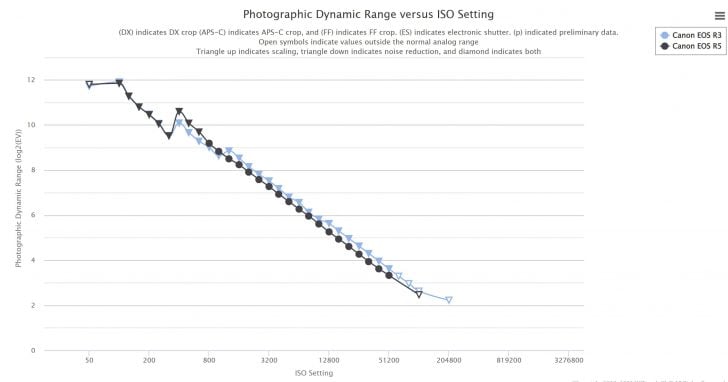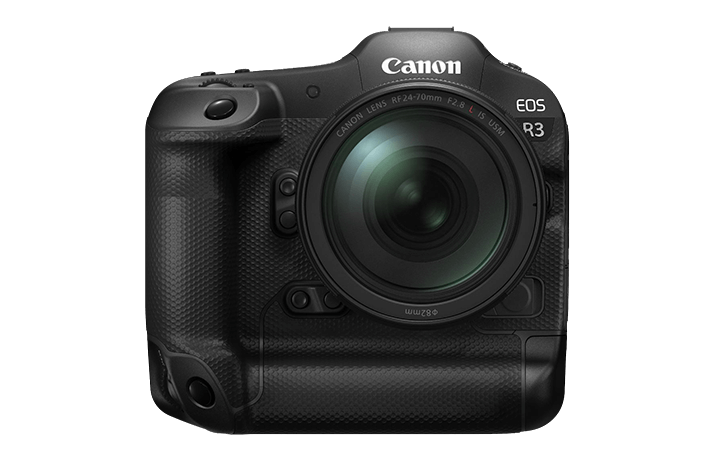The folks at Photons to Photos have completed their dynamic range testing of the Canon EOS R3 sensor. The dynamic range is pretty comparable to the Canon EOS R5.

Head on over to Photons to Photos to learn more.
Some of our articles may include affiliate links. If you purchase through these links, we may earn an affiliate commission at no extra cost to you.


This is a camera I am totally happy to leave in ES and never click the physical shutter once. Excellent all around.
Bill Claff himself suggested around two thirds of a stop. Is it possible to achieve the same improvement in DR through noise reduction in post ?
So, a 24MP sensor has pretty much the same dynamic range as a 45MP sensor.
Good job, R5! :)
It should go to mass production next year for autonomous cars and surveillance.
Canon rumors has brought no rumors at all in the last view weeks and months. Just news that are official or pure wishthinking or speculation.
Where are the 2 new lenses comming until the end of this year?
Obviously there are ways to manage this, since Canon has improved the ES dynamic range in every release of a camera, but it's still slightly visible in the EOS R3 charts. It really doesn't make a difference at this point, though. Previously, Canon was also limiting Electronic shutter on the R5/R6 to 12-bit readout, but I'm sure with all the marketing around the uncompressed raw at 30 fps, they aren't limiting that anymore.
I would call that slightly better at some ISOs, not "much better."
But a file with 12 bit per channel loses two stops of dynamic range if the data is linear, compared to a 14 bit one. That's purely in terms of the number range - in the real world noise means the DR is less than the file permits. So it is a tradeoff.
The stacked sensor from the R3 and Z9 provide better read out speeds by design, so they don't have to rely on this tradeoff to allow the photographer to take advantage of the benefits of electronic shutter.
FWIW, unlike certain other cameras, ES mode is still 14 bit it's not reduced to 13-bit or 12-bit.
The 2/3 stop figure you cite is an estimate for the R5 at base ISO.